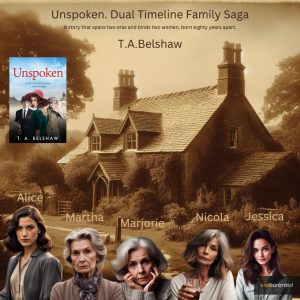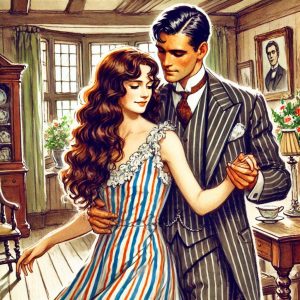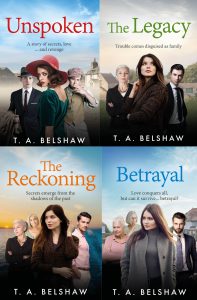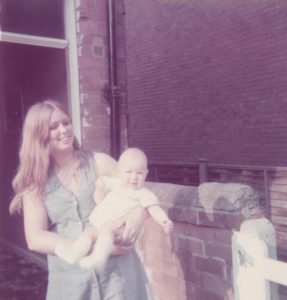
FREE!
FREE download of the first book in the Unspoken dual timeline family drama series is FREE until 11th Dec.
lice is fast approaching her one hundredth birthday and she is dying. She knows she only has a short time left and is desperate to unburden herself of the dark secret she has lived with for eighty years.
Jessica, a journalist, is her great-granddaughter and a mirror image of a young Alice. They share dreadful luck in the types of men that come into their lives.
Alice decides to share her terrible secret with Jessica and sends her to the attic to retrieve a set of handwritten notebooks detailing her young life during the late 1930s.
Following the death of her invalid mother and her father’s decline into depression and alcoholism, she is forced, at 18 to take control of the farm. On her birthday, she meets Frank, a man with a drink problem and a violent temper. When Frank’s abusive behaviour steps up a level. Alice seeks solace in the arms of her smooth, ‘gangster lawyer’ Godfrey, and when Frank discovers the couple together, he vows to get his revenge.
Unspoken. A tale that spans two eras and binds two women born eighty years apart.
All other books in the series only 99p.
Get Unspoken FREE for UK readers, HERE
Canada Get Unspoken FREE!
Australia Get UNspoken FREE
Also FREE to read on KIndleUnlimited.








Recent Comments